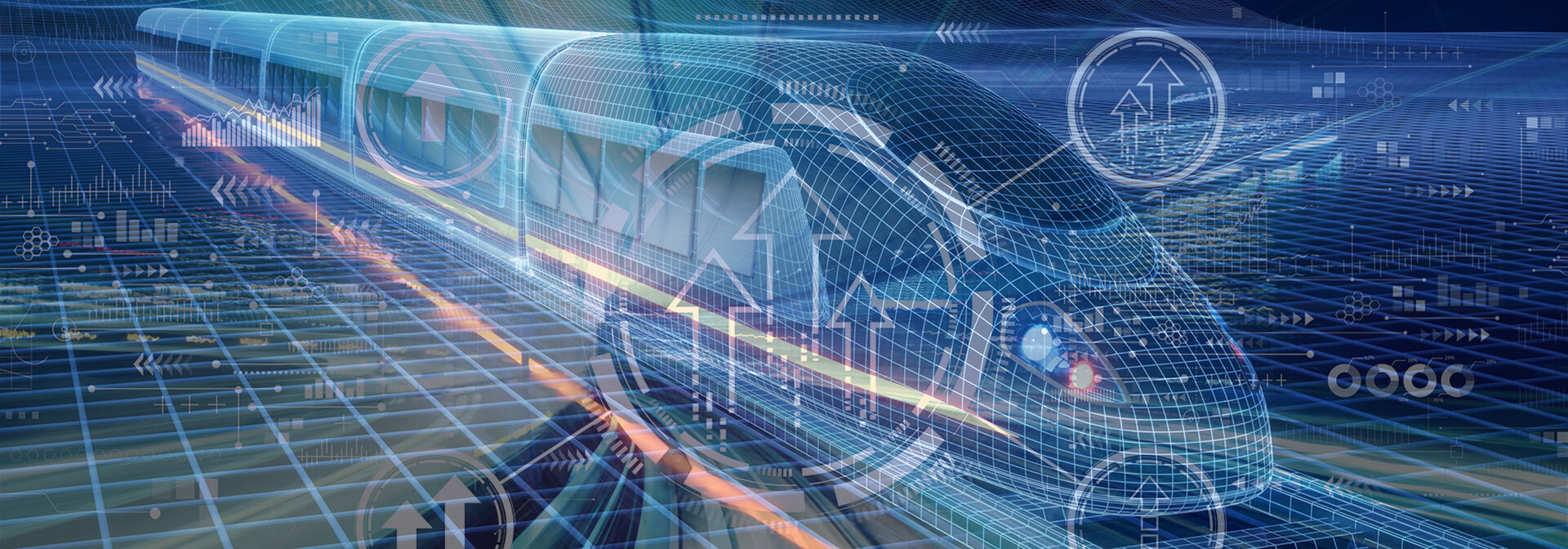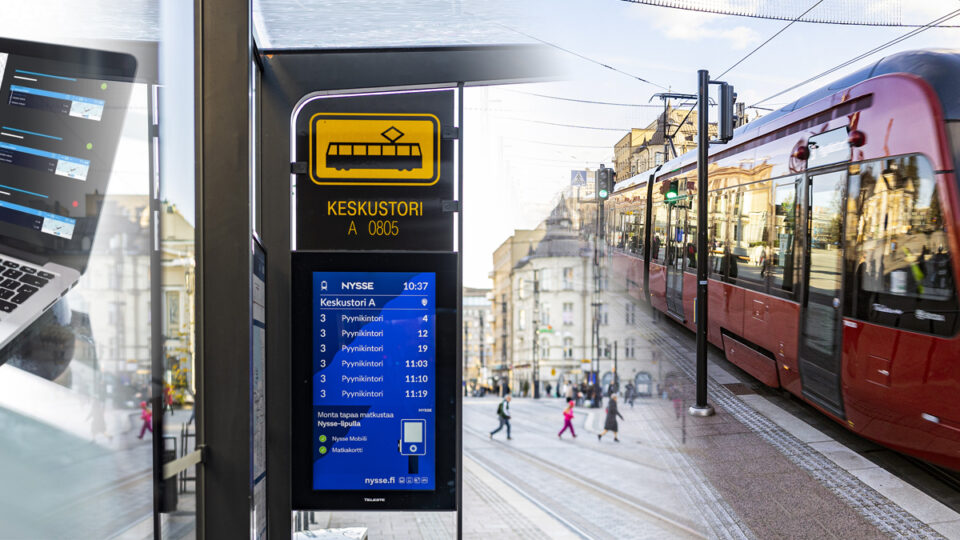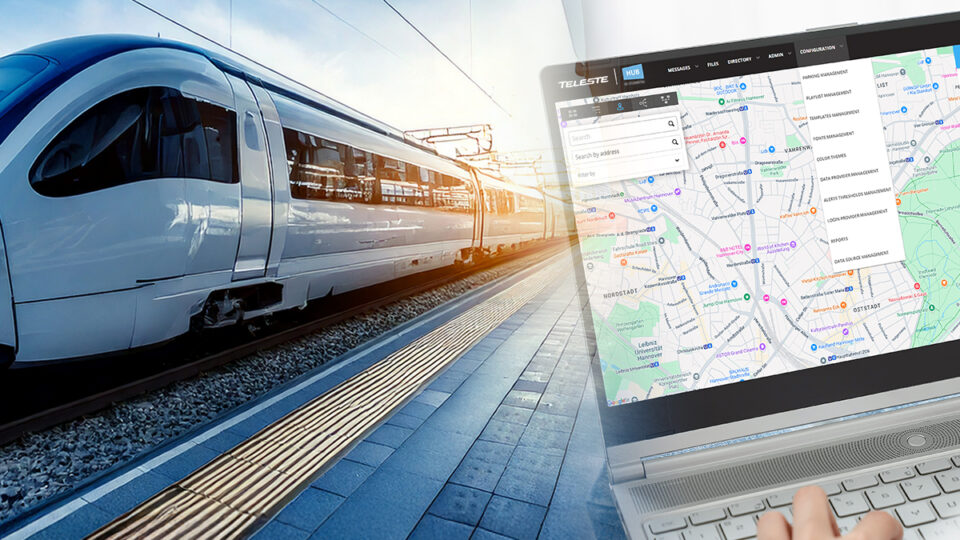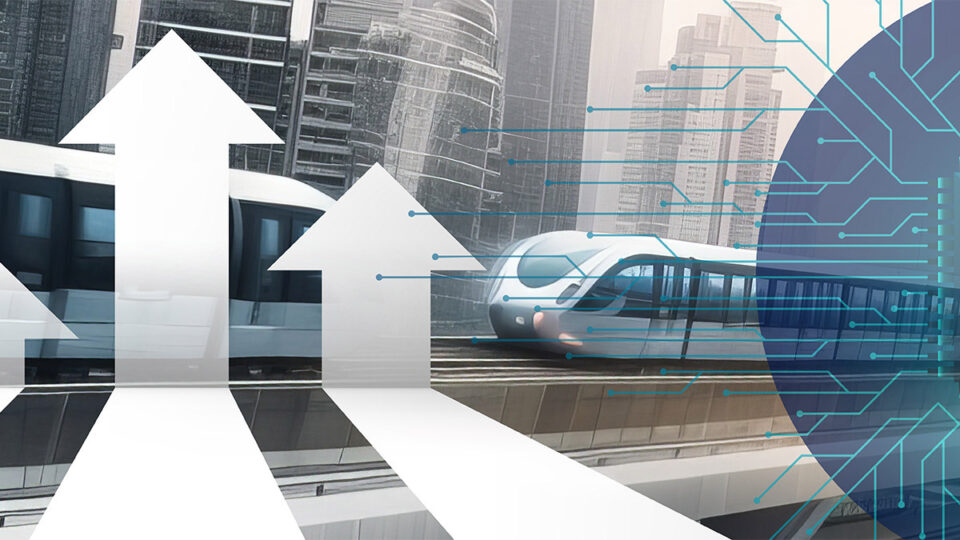
On track for tomorrow: 2024 trends in the railway industry
In an era of rapid technological advancements and increasing environmental concerns, the railway industry is paving the way for future mobility. This industry, as we know, is not about trains and tracks; it’s about technological innovation, operational efficiency and most importantly, enhancing passenger experiences. In 2024 we see several emerging trends and developments that are reshaping not only the industry but ultimately the entire public transport landscape.
1. The rise of ecosystem thinking
Across the industry, individual systems are increasingly part of larger ecosystems encompassing passenger information, CCTV, passenger counting, and video analytics. This trend signifies a shift towards holistic, interconnected solutions, enhancing both operational efficiency and passenger experience.
2. Private transport operators bring a new approach
The entry of private transport operators into the market is driving the market towards more streamlined operations, accelerating project timelines, and emphasizing the need for quick service launch to ensure a faster return on investment. This shift contrasts with the traditional project timelines of publicly funded ventures, presenting new challenges and opportunities also for technology vendors and pushing us to think differently about how we approach project timelines and service deliveries.
3. Maintenance agreements: A new norm
Maintenance agreements are increasingly becoming a standard part of train supply contracts. Rolling stock manufacturers must be prepared to offer and commit to fixed-annual-fee maintenance services. This development underscores a shift towards more comprehensive, long-term partnerships between manufacturers and operators.
4. The dual importance of software and hardware innovations
The industry is witnessing a parallel rise in the significance of both software and hardware. Several trends underline this development ranging from the increasing need for software life-time maintenance to emergence of cloud-based services for wayside applications. Additionally, development of AI applications, such as behaviour recognition technologies and innovative video analytics applications for, e.g., seat availability, detecting abandoned luggage, and passenger counting, will speed up software development efforts way beyond today. Smarter applications demand more powerful CPUs on the hardware side, and innovations in TFT displays, RGB LED, and new LED technologies drive the development of information displays.
5. Enhancing Accessibility through Advanced Technologies
Accessibility is becoming a critical focus in rolling stock manufacturing, driven by a commitment to ensure all passengers, including those with disabilities, have equal access to public transport services. Key technologies driving this effort include speech-to-text applications, designed to aid passengers in understanding live announcements more clearly. Such technologies are proving to be invaluable in improving communication and ensuring enjoyable and safe travel experience for everyone on board.
The rolling stock manufacturing industry is witnessing an exciting phase of innovation and transformation. As we embrace these trends and technologies, our focus must remain on enhancing operational efficiency, passenger experience, and long-term sustainability. The future of public transport is being shaped today, and as industry leaders, we hold the key to unlocking its full potential.
Jarkko Vehkala
Jarkko Vehkala
I’m heading the business line Rolling Stock Manufacturers at Teleste. My passion is to work closely with our customers to build environmentally friendly, safe and smart public transport infrastructure and services for today’s urban society.
See my LinkedIn.



